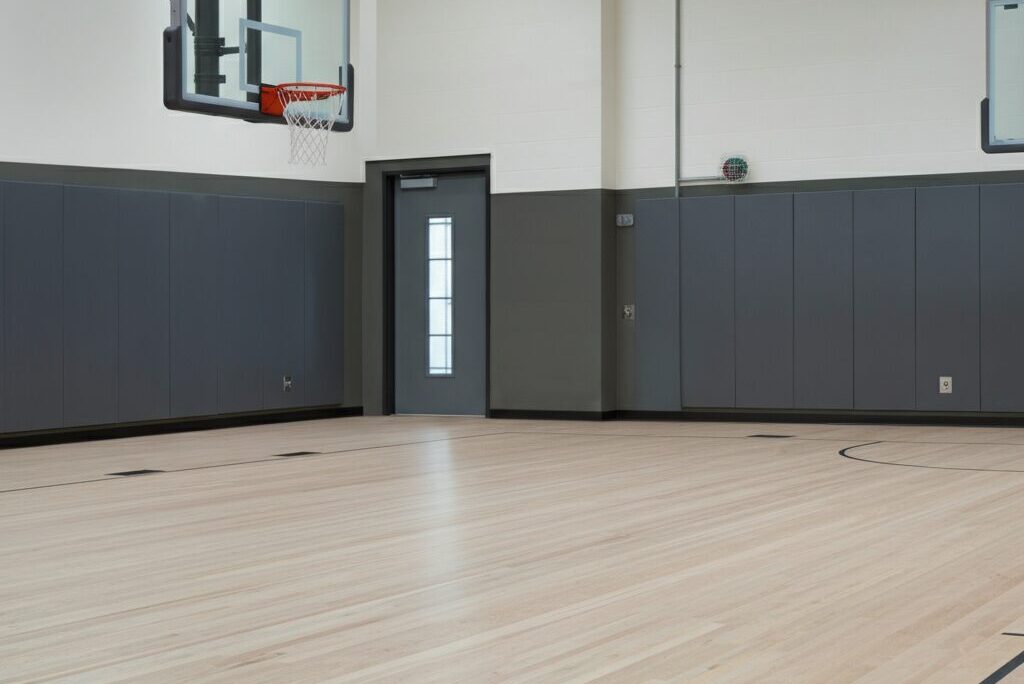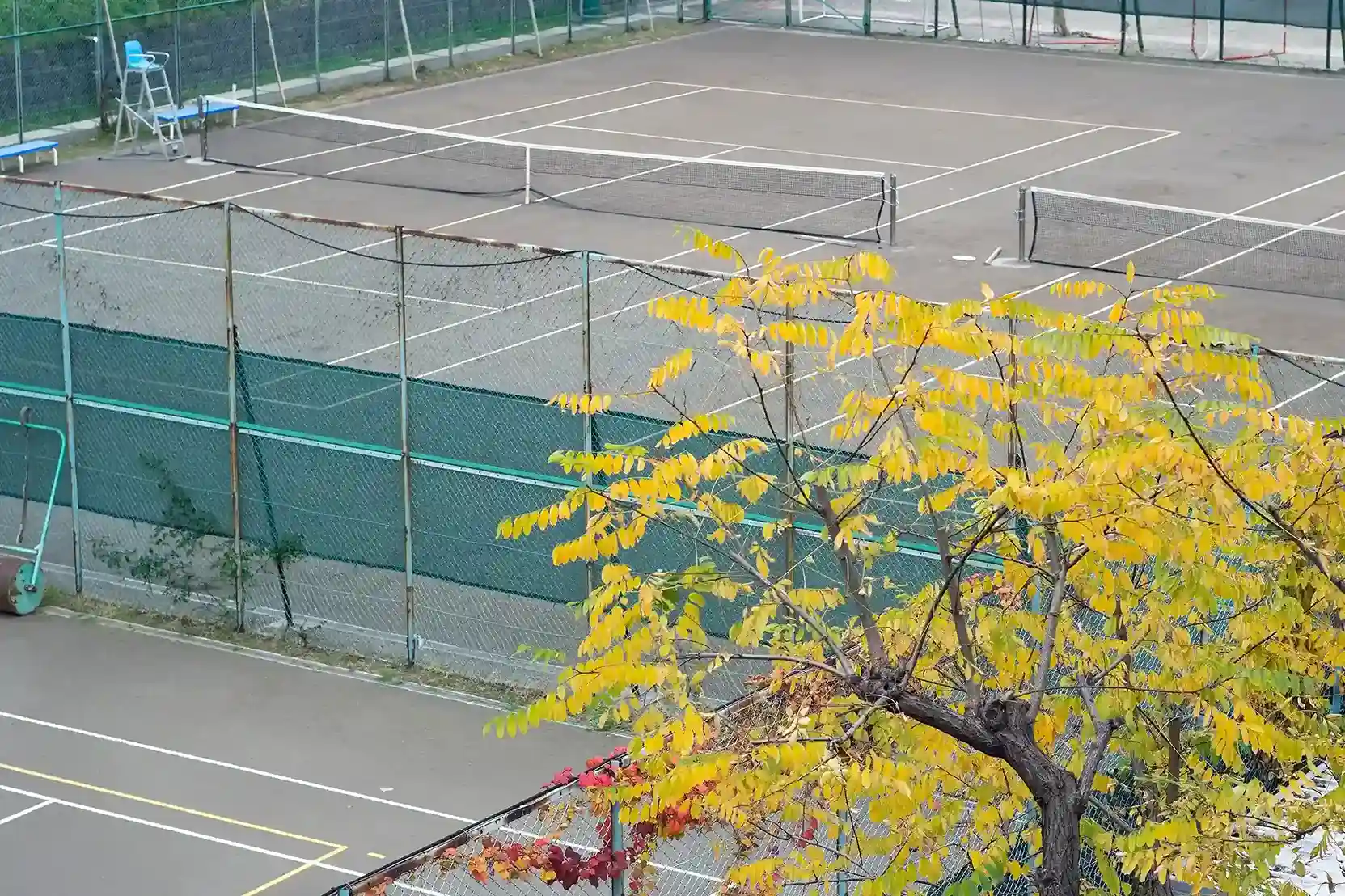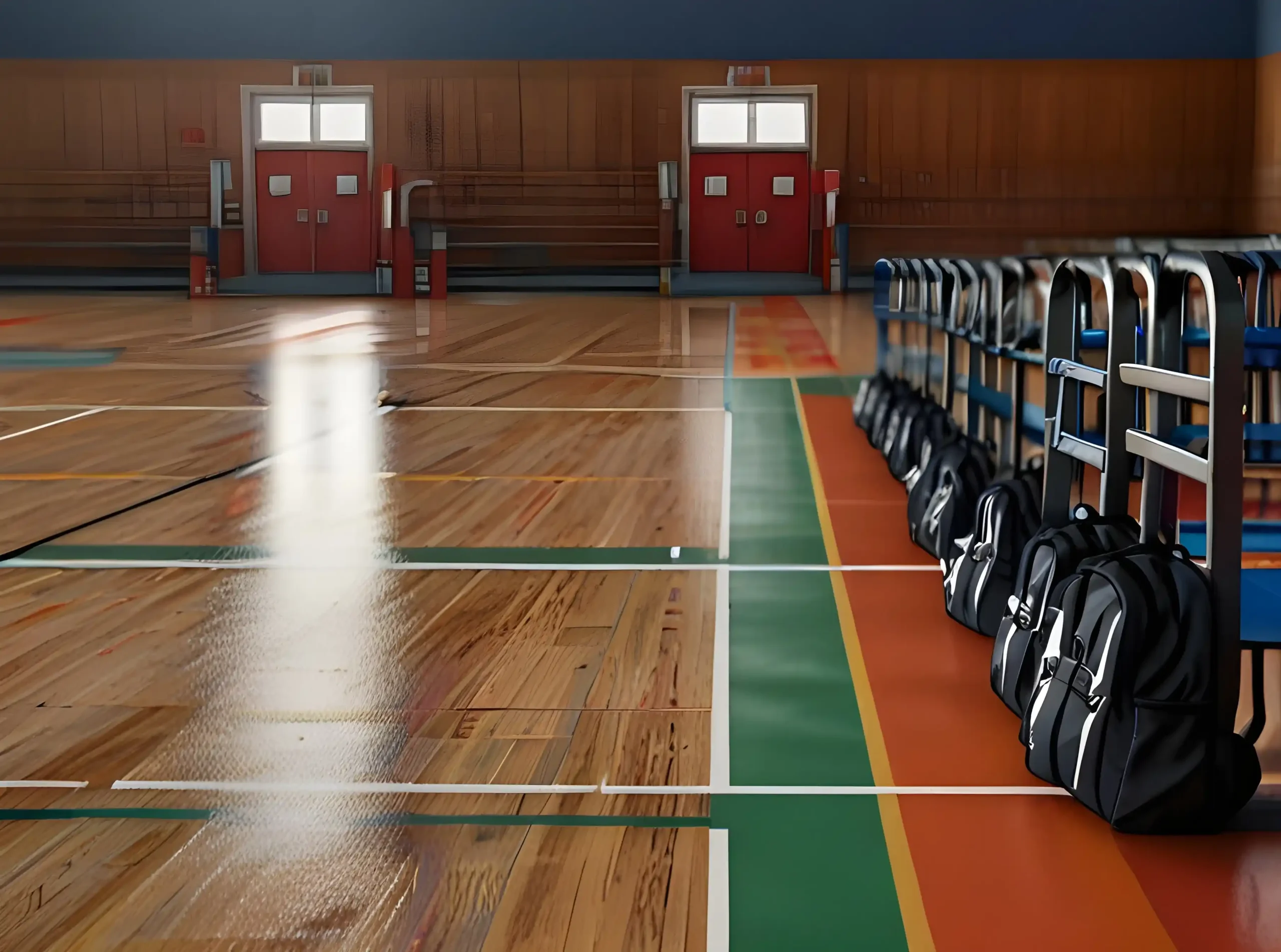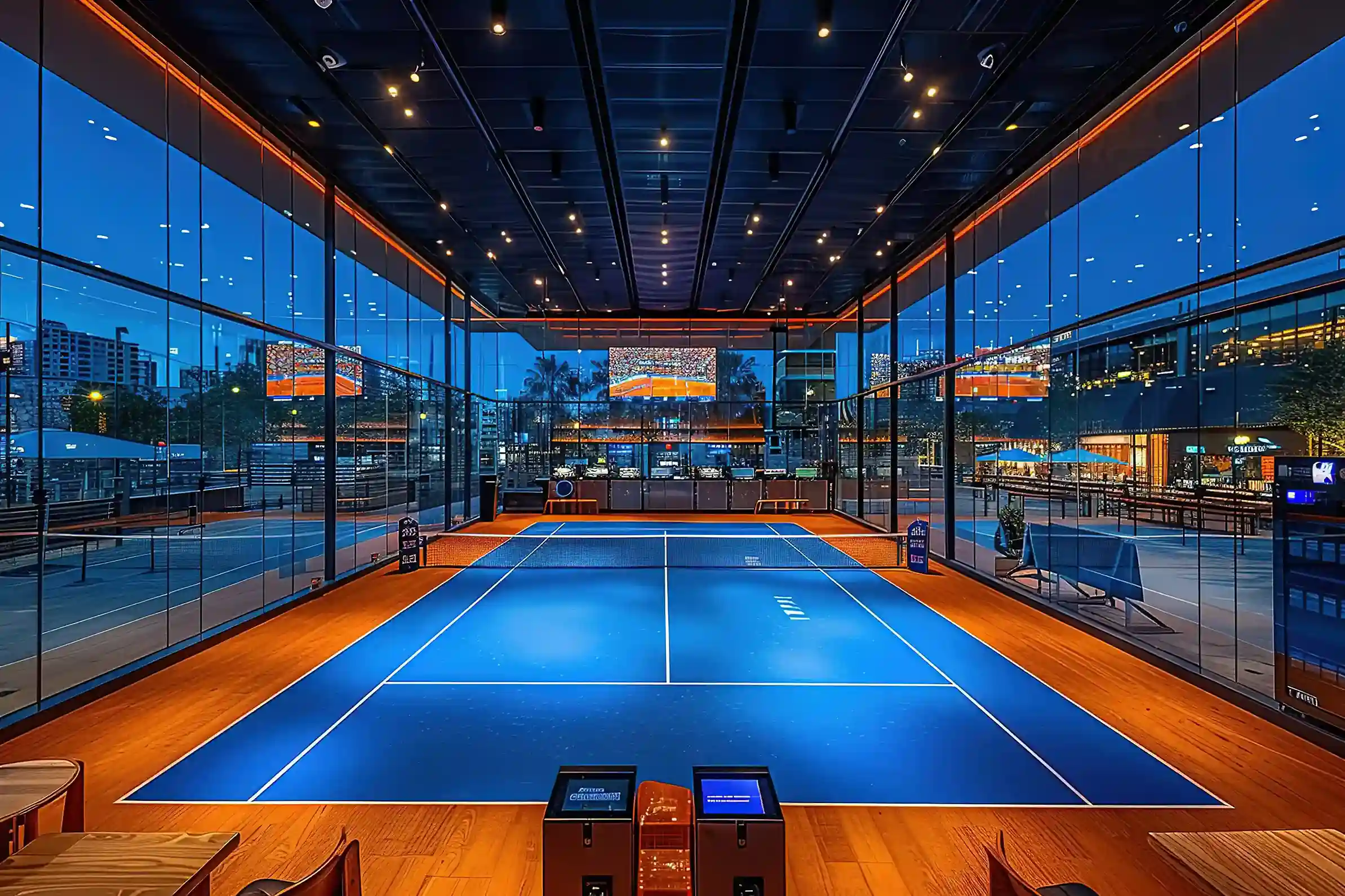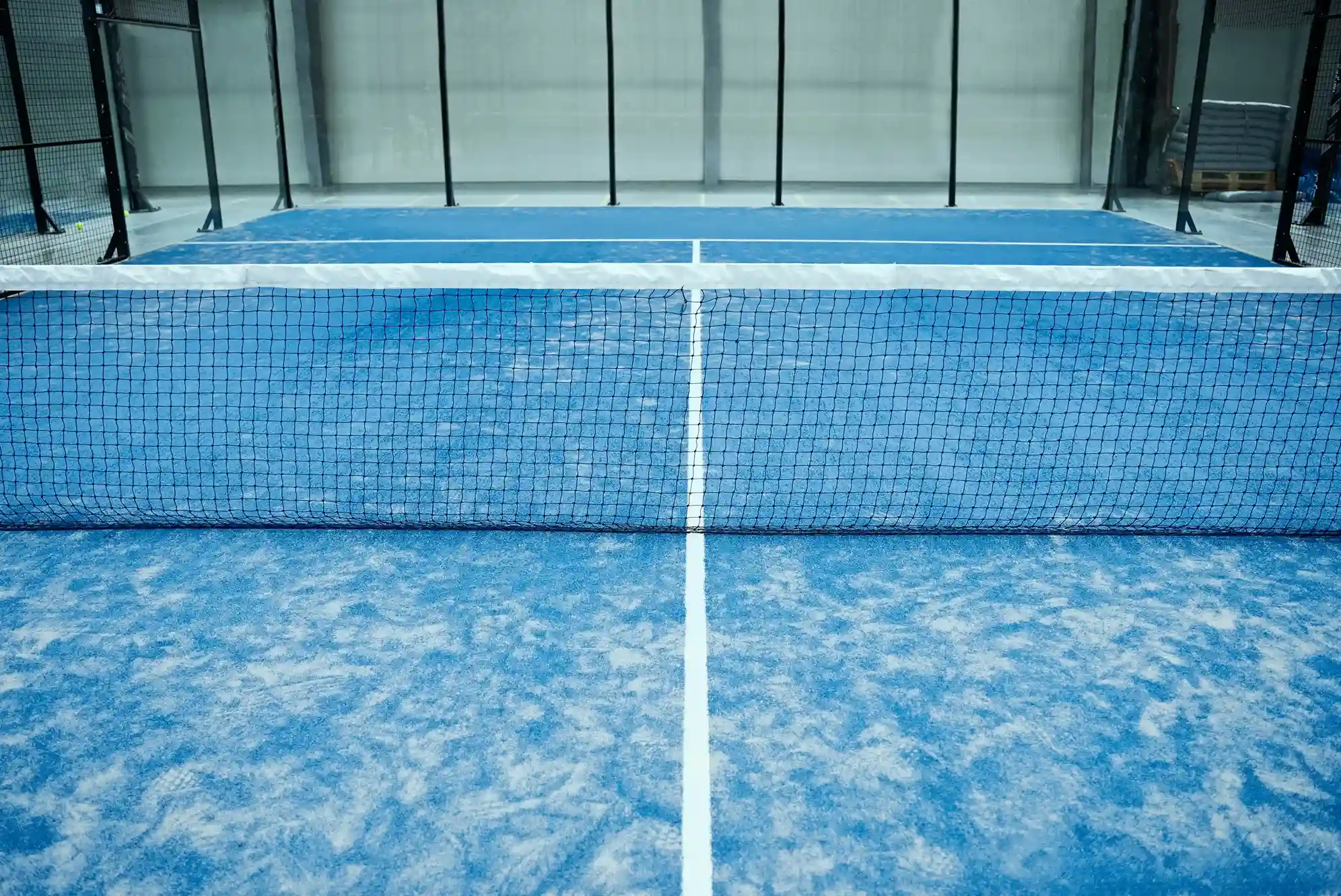Basketball courts have a distinct crispness; from the sound of a bouncing ball to the ease with which players glide across the surface, there’s a certain magic woven into their very foundation. That foundation, more often than not, is maple hardwood flooring.
Hardwood flooring is the undeniable choice for professional basketball courts, used in the NBA, Olympic venues, and elite colleges. It combines precision performance, durability, and aesthetics, creating the perfect environment for this fast-paced, multidirectional sport. This blog will explore the science, benefits, and sustainability behind hardwood basketball courts, along with its practical and aesthetic appeal.
The Science of Consistent Ball Bounce
Basketball is a sport where milliseconds matter, and the consistent bounce of the ball can make or break a play. Maple hardwood floors provide the ideal surface for reliable performance, balancing elasticity and durability exceptionally well.
Why does hardwood provide consistent bounce?
- Elasticity and Density: Hardwood floors, particularly maple, possess the right balance of stiffness and elasticity, ensuring the ball bounces predictably across the entire court surface.
- Smooth Grain: The tight, uniform grain of maple wood eliminates dead spots, where ball behavior might otherwise be uneven due to inconsistencies in material.
- Stability in Gameflow: Unlike synthetic flooring, hardwood offers unmatched stability, crucial for a high-stakes sport where precision drives fair play.
This scientific advantage explains why hardwood has become synonymous with professional basketball flooring.
Shock Absorption and Injury Reduction
Players run, pivot, leap, and land repeatedly during a game. All of this motion places immense strain on their joints and muscles. Hardwood floors, with their combination of natural properties and specialized subflooring systems, minimize this impact, protecting player health.
How hardwood reduces injury risks:
- Absorbent Subfloor Systems: Beneath the hardwood surface lies an engineered subfloor system designed to absorb shock and vibrations, reducing fatigue and joint strain.
- Controlled Flexibility: The slight give of the wood helps distribute impact forces uniformly, cutting down on the repetitive stress that leads to chronic injuries.
- Enhancing Player Longevity: By mitigating injuries like shin splints and knee issues, hardwood floors safeguard players’ athletic careers.
This thoughtful engineering makes hardwood the safest surface for players at every level.
Maintenance and Longevity of Hardwood Courts
Though hardwood basketball courts require dedicated care, this maintenance is what prolongs their lifespan, making them a worthwhile investment for busy sports facilities.
Maintenance essentials:
- Daily Cleaning: Routine sweeping prevents dust and grime from accumulating, helping preserve the surface sheen.
- Polishing and Refinishing: Hardwood courts should be refinished every 1-3 years to maintain their grip and durability. This process involves sanding the surface, resealing with finishes like polyurethane, and repainting court lines.
- Moisture Management: Proper humidity control ensures the wood doesn’t warp, expand, or shrink over time.
Exceptional durability:
With diligent upkeep, hardwood basketball courts have an impressively long lifespan, often exceeding 50 years. This longevity positions them as a valuable long-term investment, especially for facilities with consistent foot traffic.
Aesthetic Appeal and Professional Look
Beyond functionality, hardwood floors lend basketball courts an air of prestige and professionalism. The visual gleam of the polished wood, accentuated with team logos and markings, has become iconic within the sport.
Why hardwood looks so good:
- Timeless Elegance: Maple’s natural finish exudes a warm, polished glow, making courts visually captivating under bright sports arena lighting.
- Branding Opportunities: Hardwood surfaces are the perfect canvas for custom logos, sponsorship branding, and bold court designs, amplifying a facility’s identity.
This timeless blend of performance and sophistication is unmatched by other materials.
Types of Hardwood and Their Impact
Among hardwood options, maple reigns supreme—but it’s not the only contender. The type of wood impacts not just the aesthetics but the gameplay quality.
Common hardwoods used:
- Maple:
- The NBA’s Choice: Its dense grain, durability, and resistance to wear make maple the gold standard.
- Smooth Performance: The tight grain pattern prevents splintering, which enhances player safety.
- Oak:
- Budget-Friendly Alternative: Common in smaller or practice facilities, oak features an open grain that requires additional sealing.
- Adequate Durability: While solid, it lacks the premium surface precision of maple.
Even with these options, maple continues to dominate professional court construction.
Sustainability of Hardwood Basketball Courts
Modern facility managers increasingly value eco-conscious materials, and hardwood perfectly aligns with these priorities when sustainably sourced.
Eco-friendly features of hardwood:
- Renewable Resource: Trees used for hardwood courts are harvested responsibly from certified forests.
- Minimal Carbon Footprint: Compared to synthetic alternatives, hardwood processing produces significantly fewer emissions.
- Recyclability: At the end of its lifespan, hardwood can often be repurposed or biodegraded, reducing waste.
Brands like VMKONSport reinforce these efforts with sustainable practices in manufacturing and installation.
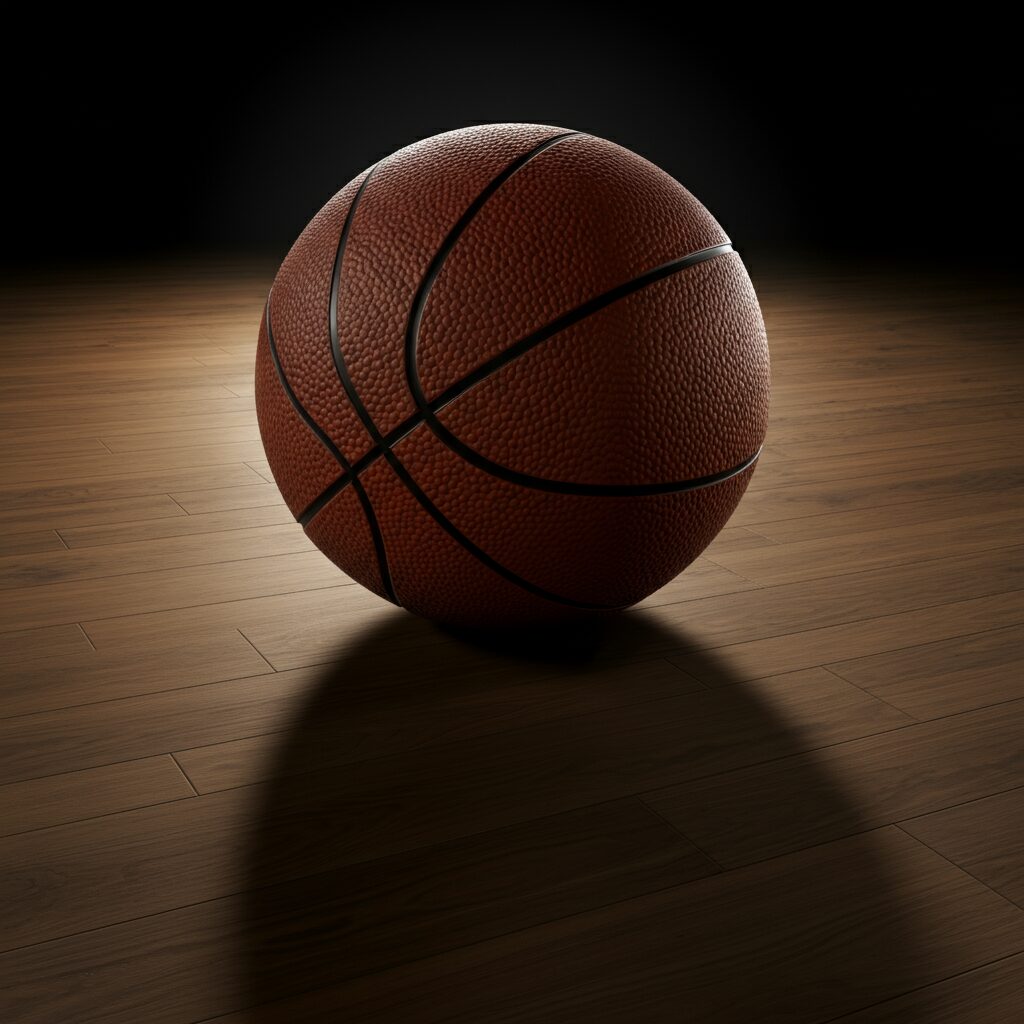

FAQ Section
What type of hardwood is typically used for NBA courts?
Hard maple, prized for its durability and consistency, is the go-to choice for NBA courts.
How often do NBA courts need to be refinished?
NBA courts are refinished annually during the off-season to maintain peak functionality and aesthetics.
Does the type of finish affect the playability of a hardwood basketball court?
Yes. Finishes like polyurethane enhance durability while ensuring optimal grip, reducing accidental slips.
How does hardwood compare to synthetic materials for performance and safety?
Hardwood offers superior elasticity, shock absorption, and aesthetic appeal, making it safer and more reliable for players compared to synthetic surfaces.
What are the maintenance requirements for hardwood basketball courts?
They include daily cleaning, refinishing every 1-3 years, and maintaining stable humidity levels.
Can hardwood basketball courts be used for other sports and activities?
Certainly! Hardwood courts can accommodate volleyball, badminton, and even non-sporting events like concerts.
What is the lifespan of a hardwood basketball court?
With proper maintenance, hardwood courts can last 50 years or longer.
Why Hardwood Flooring Remains the Gold Standard
Hardwood basketball courts blend precision performance, player safety, longevity, and visual appeal into one premier package. From ensuring consistent ball bounce to minimizing injury risks, hardwood floors represent the pinnacle of basketball court innovation. Their eco-friendly nature only adds another layer to their appeal.
If you’re considering upgrading your sports facility, contact us today to explore how VMKONSport’s expertly crafted hardwood basketball flooring solutions can elevate your court to professional levels.

